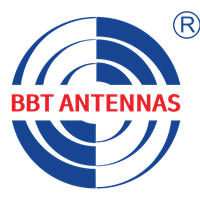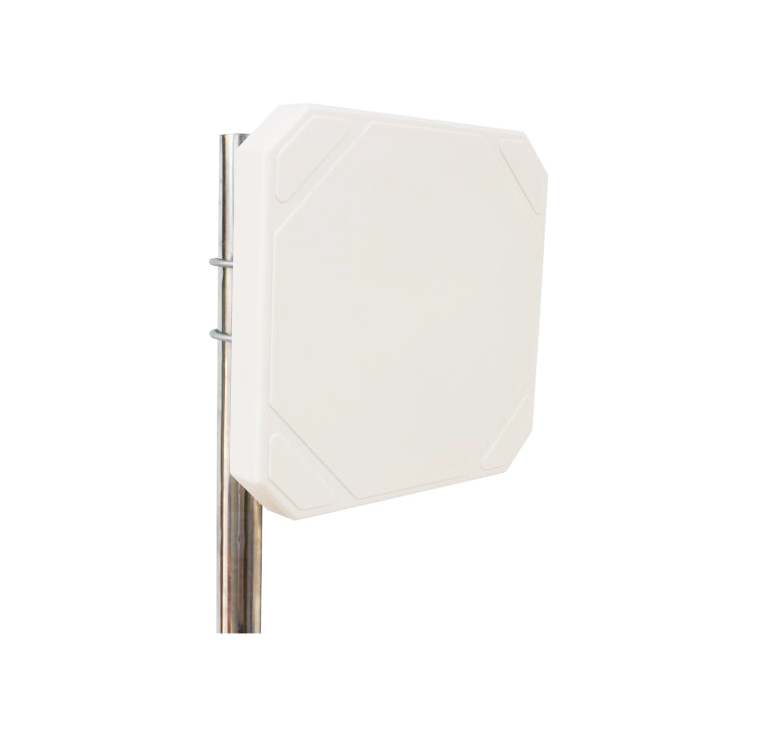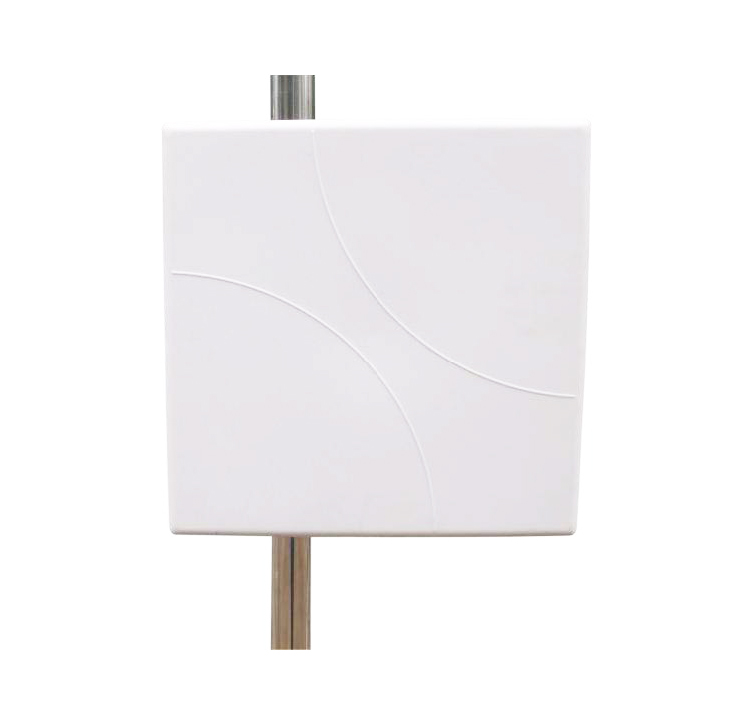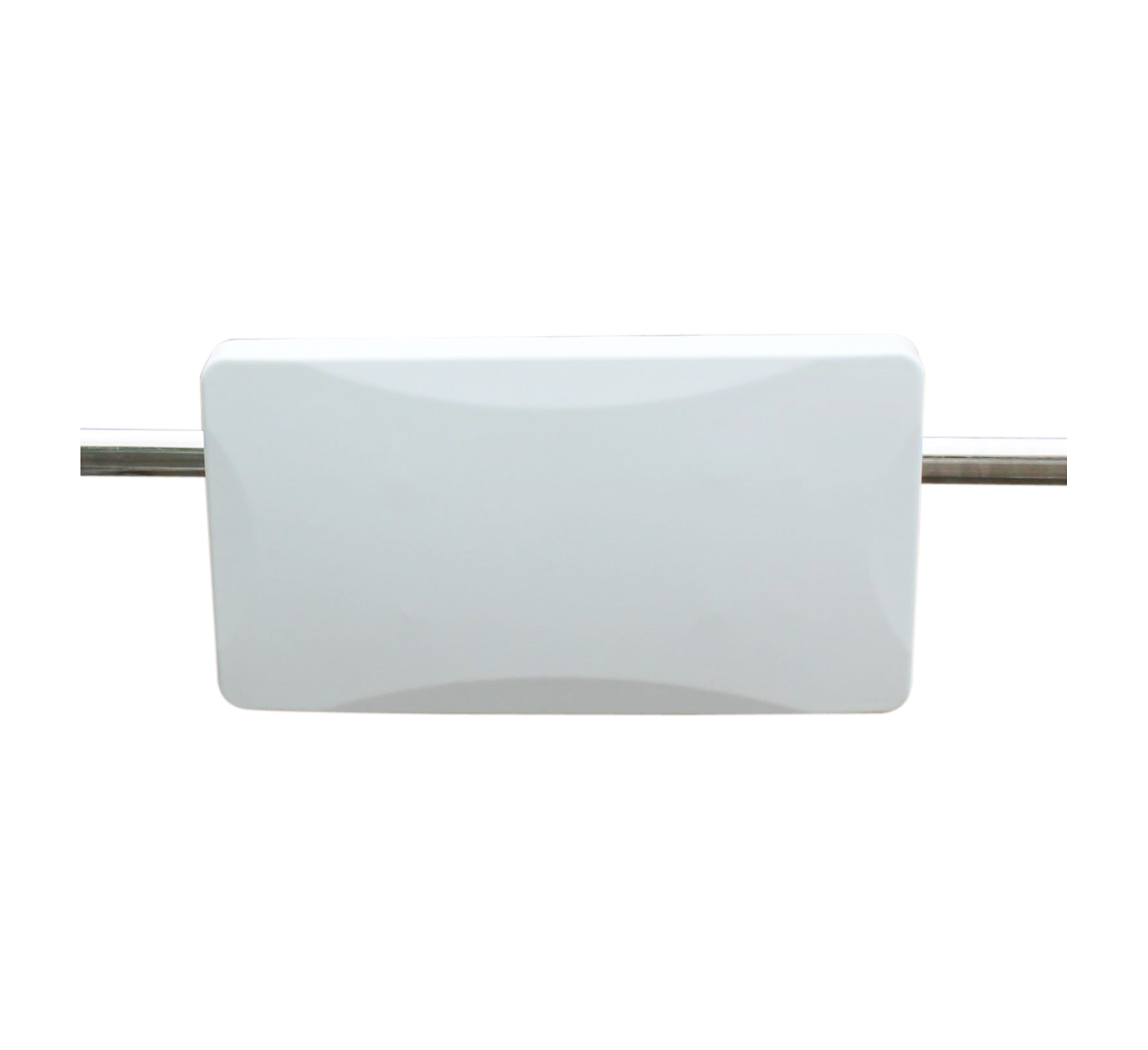In today's security-conscious world, access control systems are vital for protecting sensitive areas in offices, hospitals, factories, and other critical environments. Among the various technologies available, RFID (Radio Frequency Identification) has emerged as a leading solution due to its contactless, efficient, and secure nature. At the heart of these RFID access control systems lie RFID antennas, which play a pivotal role in managing communication channels between RFID tags and readers, thereby enhancing overall security and operational reliability.
Understanding RFID Access Control Systems and Channel Management
An RFID access control system typically comprises several key components: RFID tags or credentials (such as cards or key fobs), RFID readers equipped with antennas, a control panel, door locks, and management software. The RFID antenna embedded in the reader is responsible for emitting radio frequency signals that power and communicate with the RFID tags carried by authorized personnel. This interaction enables the system to identify and authenticate users without physical contact, providing a seamless and secure access experience.
Channel management in this context refers to the effective handling of the communication pathways between RFID readers and tags. Proper management ensures that signals are transmitted and received accurately, minimizing interference, collisions, and unauthorized access attempts. The RFID antenna is critical in this process, as its design, placement, and operational parameters directly influence the quality and security of the communication channel.
The Crucial Role of RFID Antennas in Security Enhancement
Signal Transmission and Reception
RFID antennas serve as the bridge for wireless communication by transmitting radio waves to activate RFID tags and receiving the response signals containing unique identification data. The antenna's ability to focus and direct these signals determines the read range, accuracy, and speed of tag detection. High-gain antennas, for example, can extend reading distances and improve signal strength, enabling reliable identification even in challenging environments such as warehouses or industrial sites.
Frequency and Polarization Considerations
RFID systems operate across different frequency bands—Low Frequency (LF), High Frequency (HF), and Ultra High Frequency (UHF)—each with distinct characteristics affecting range and penetration. The antenna must be precisely tuned to the system's frequency to ensure interoperability and optimal performance. Additionally, antenna polarization (linear or circular) affects how well the antenna communicates with tags in various orientations, which is essential for consistent access control where users may present credentials in different ways.
Antenna Design and Placement for Optimal Channel Management
Effective channel management requires careful antenna design and strategic placement. Factors such as antenna size, gain, radiation pattern, and power handling capacity influence the coverage area and the system's ability to read multiple tags simultaneously without interference. Proper spacing between antennas prevents signal overlap and reduces read errors, while orientation adjustments help minimize electromagnetic interference from nearby devices or metal structures.
For instance, placing antennas near metal surfaces or in high electromagnetic interference (EMI) environments demands specialized antenna designs or shielding to maintain signal integrity. Moreover, antenna placement must ensure complete coverage of access points to avoid blind spots where unauthorized access might go undetected.
Advancements in RFID Antenna Technology Driving Security Improvements
Recent innovations in RFID antenna design are enhancing access control security and channel management capabilities. New antenna technologies offer increased read ranges, better resistance to interference, and improved adaptability to complex environments. Smart and programmable antennas allow dynamic adjustment of radiation patterns and power levels based on real-time conditions, optimizing performance and security.
Integration with Internet of Things (IoT) platforms further amplifies the benefits, enabling RFID antennas to communicate with other sensors and security devices. This connectivity supports comprehensive asset monitoring, predictive maintenance, and automated security responses, creating a smarter and more interconnected access control ecosystem.
Additionally, ruggedized antennas with high ingress protection ratings (e.g., IP67) ensure reliable operation in harsh environments, maintaining security without compromise. The ability to withstand temperature extremes, moisture, and physical impacts is crucial for outdoor or industrial access points.
BBT ANTENNAS for Superior Access Control Channel Management
When it comes to enhancing security through effective access control channel management, BBT ANTENNAS offers RFID antenna solutions that stand out for their superior performance and reliability. Our products are engineered to meet the demanding requirements of modern RFID systems, ensuring seamless communication between readers and tags with enhanced security and operational efficiency.
BBT ANTENNAS are specifically designed to optimize access control channel management. Our product features include:
High gain, low VSWR, good directional characteristics: BBT antennas ensure efficient signal transmission and reception, minimizing interference and maximizing read range.
Fast read/write speed, no blind spots, high stability: Our antennas facilitate quick and reliable data exchange, eliminating dead zones and maintaining consistent performance.
Long-distance identification: BBT antennas enable tag detection from greater distances, expanding the operational range of access control systems without compromising security.
Attractive product design, easy to install and use: Our antennas feature a sleek, user-friendly design that simplifies installation and integration into existing infrastructure.
High weather resistance, resistant to discoloration: BBT antennas are built to withstand harsh environmental conditions, ensuring long-lasting performance and maintaining their aesthetic appeal.
High waterproof rating, IP67: Our antennas are protected against water and dust, making them suitable for both indoor and outdoor deployments.
By choosing BBT ANTENNAS, organizations gain a trusted partner that delivers high-performance RFID antenna solutions tailored to enhance access control channel management. Our products help reduce security vulnerabilities, improve system responsiveness, and maintain consistent communication quality, all of which are critical for safeguarding sensitive areas and assets.
Conclusion
RFID antennas are the unsung heroes in access control channel management, directly influencing the security, reliability, and efficiency of RFID access control systems. As RFID technology continues to evolve, ongoing advancements in antenna technology will play a critical role in enhancing security frameworks across diverse industries, ensuring safe and seamless access in an increasingly connected world.



